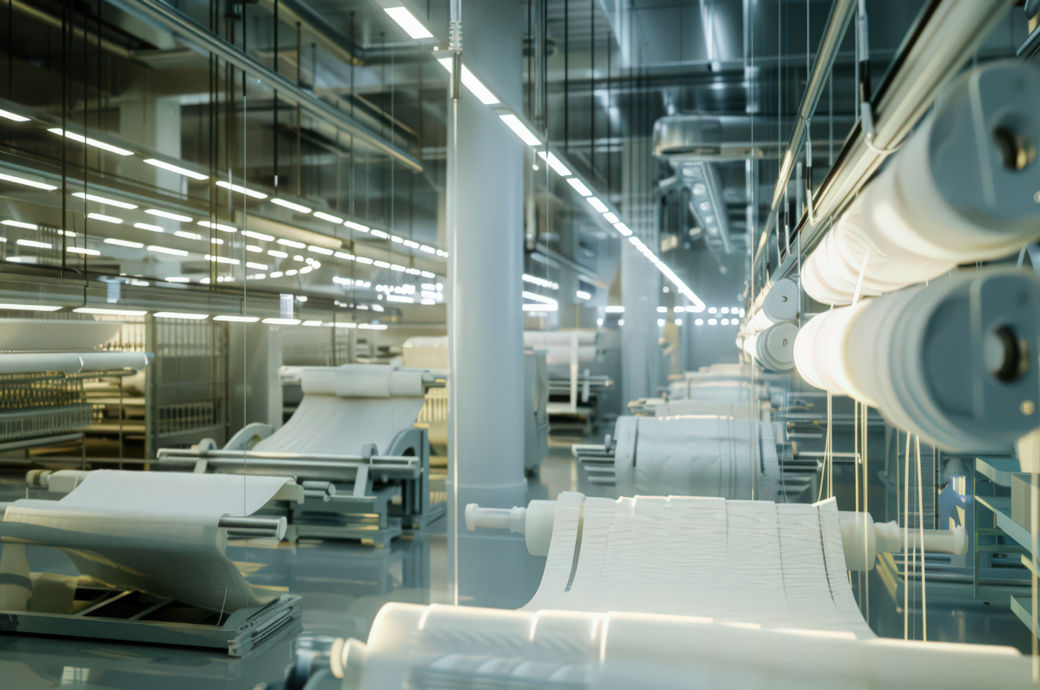
The overall softening of sentiment in the United States was centred around the services sector, where the business activity net balance fell sharply to 28 per cent from 42 per cent.
Manufacturing expectations were maintained at the same level as in June (37 per cent). Opportunities for growth cited by survey respondents included investment in new products and their subsequent launch, plus the adoption of new technology.
General improvements in demand and lower interest rates are also potential growth drivers over the coming year, S&P Global said in a release.
Manufacturers, in particular, expressed worries about the access to and cost of imported raw materials, as well as supply-chain issues more generally.
US companies were much less likely to predict a rise in output prices than was the case in the summer, despite expectations that input costs will continue to increase sharply. The output prices net balance was down to 26 per cent in October from 33 per cent in June, the lowest reading since the early-2021 outlook survey.
However, inflation expectations in the country, at 22 per cent, remained slightly above the global average. At 37 per cent, the manufacturing net balance was the highest for a year.
Confidence around employment waned in October. Anecdotal evidence pointed to concerns among companies regarding the cost and availability of labour, and these worries were reflected in a drop in hiring expectations in October.
At 13 per cent, the employment net balance was the lowest since the COVID-19 pandemic, albeit still above the global average of 9 per cent. Sentiment around hiring dipped in manufacturing, with confidence remaining higher.
Profitability is set to strengthen further over the coming year. Although the net balance in the United States eased to a one-year low of 17 per cent in October from 22 per cent in June, sentiment was still the joint-best of all monitored developed markets, equal with the United Kingdom.
Companies upbeat regarding the rise in business activity over the next year often attributed it to forecasts of better domestic conditions, spurred by government policy support, and improvements in the external climate.
Firms also mentioned business development plans and technological advancements as factors helping to drive business activity growth in the year ahead.
However, concerns surrounded rising competition and geopolitical uncertainties. Some also highlighted rising material, transport and labour costs threatening the outlook for growth in the next 12 months.
Fibre2Fashion News Desk (DS)